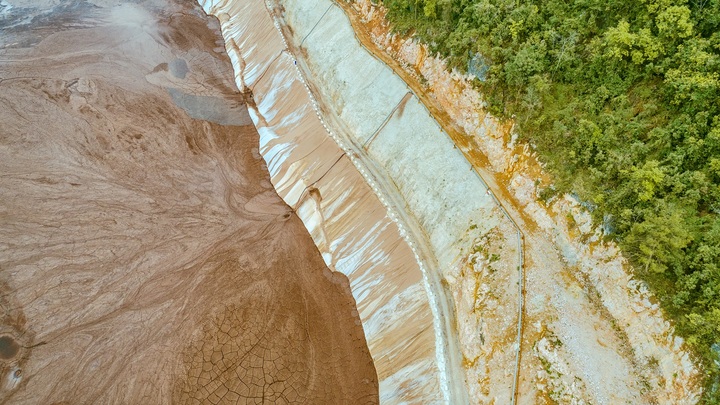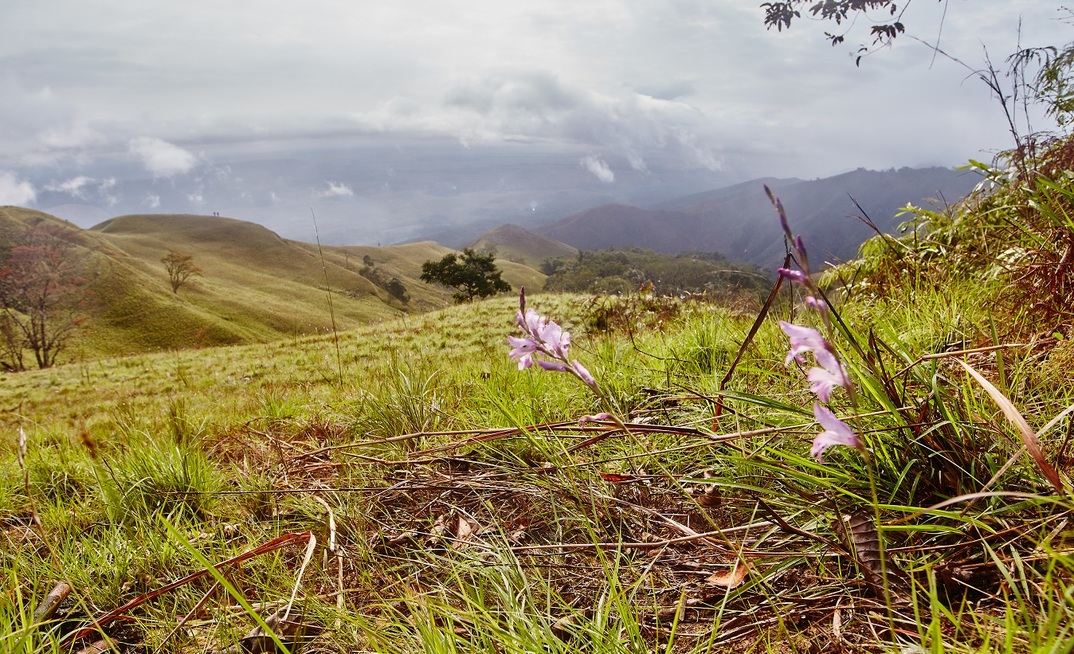The mining industry faces mounting pressure to adopt sustainable solutions for mine closure – driven by stricter regulations, community pressures and stakeholder focus on long-term environmental responsibility.
Mining is traditionally a linear process, relying on ‘grey' engineering structures designed with limited adaptability. Such designs struggle to respond to changing environmental conditions like shifting rainfall patterns, more frequent extreme weather events and rising temperatures.
In addition, toxic minerals involved in mining pose risks to the environment and nearby communities. Chemicals used in the extraction process may further contribute to soil and water contamination, highlighting the need for sustainable mine closure solutions.
'Biomimicry' offers a way forward by using natural processes to neutralise or stabilise toxins. In natural ecosystems, plants and microbes have evolved to mitigate harmful substances. Mining companies can apply these lessons to reduce toxic material mobility and minimise long-term environmental impact.
Furthermore, biomimicry helps in erosion control, managing toxic waste through natural barriers, and improving soil health to integrate waste into the landscape, reduce toxicity and protect ecosystems.
"Nature's done 3.8 billion years of Research and Development (R&D), and the things that have worked are still around unless anthropogenic influences have terminated them or there's been an extreme event such as an ice age or meteor impact, but generally, what's worked for 3.8 billion years of R&D is still around," Justin Walls, principal tailings engineer at SRK Consulting, an international mining consultancy, said.
Instead of using a monoculture grass specie with some fertiliser for erosion control, complex nature-based solutions leverage diverse local ecosystems and landforms that have naturally evolved to be stable in their specific climates. This encourages engineers to learn from natural processes, such as soil formation and ecosystem building, to create erosion-resistant structures.
"If you can look at the surrounding topography of the region, you can get an indication of what the outer profile of the tailings dam should look like," Walls said.
Mimicking local topography and vegetation makes mine closures more resilient, working with the environment rather than against it.
Another promising approach involves carbon sequestration through modified tailings that react with atmospheric carbon dioxide. This addresses climate change and can be integrated into robust closure designs to make sites more durable against environmental challenges.
"The other benefit is you could potentially sequester carbon with all this planning so that if you do it properly, your closure design can bring in carbon. Instead of just doing less bad, you start to do good," Walls added.
Engineering for long-term stability
One of the primary challenges in mine closure is ensuring structures endure far beyond the typical lifespan of engineered projects.
"The first step is to ensure the tailings dam stays there physically," Walls said. "If the tailings dam falls over and it's not there in 50 or 100 years, then that doesn't count for much."
He emphasised that effective mine closure requires planning from the outset, suggesting that the end goal should be considered right from the beginning.
This approach aligns with the Global Industry Standard on Tailings Management (GISTM), which requires International Council on Mining and Metals (ICMM) members to incorporate closure planning and design upfront.
ICMM's 2019 ‘Integrated Mine Closure: Good Practice Guide' guidance reinforces this commitment, encouraging its members to view closure as an integral part of operational planning to reduce long-term liabilities and promote sustainability.
Ensuring long-term stability in mine closure engineering requires an interdisciplinary skill set, as traditional engineering often lacks coverage of biological and scientific aspects. Nature-based approaches — known by various terms such as ecological engineering, biomimicry , bio-utilisation, and bio-morphism — leverage natural processes to achieve sustainable outcomes.
This evolving paradigm encourages closure engineers and scientists to expand their technical skill sets beyond traditional teachings, embracing a more holistic understanding of nature's role in engineering solutions. By doing so, they can contribute to more resilient and environmentally integrated mine closures.
Navigating regulatory pressures and environmental, social and governance (ESG) conformance
As the mining industry faces increasing environmental and social pressures, regulations, particularly in Australia, are evolving to support a "nature-positive" future.
SRK Consulting's senior ESG consultant Ludovic Rollin explained that the Commonwealth Environment Protection and Biodiversity Conservation Act 1999 underwent an independent review in 2020. The review found it outdated and ineffective in protecting the environment, requiring significant reform.
"The Act's main purpose to protect the environment wasn't really being fulfilled," Rollin said.
In response, the Australian government introduced the 'Nature Positive Plan' in 2022, to address the key recommendations from the independent review and aiming to protect 30% of Australian land and sea by 2030 under Australian 'nature-positive' commitments.
Mining companies will be expected to integrate biodiversity considerations into decision-making further, restoring and offsetting residual environmental impacts.
"Changing the law is enforcing new regulations, and enforcing new regulations will push for better responsible mining practices," Rollin said.
Furthermore, a vital component of sustainable mine closure is understanding and integrating community needs and stakeholder expectations. Building trust with local communities through transparent engagement is essential to align mining activities with community goals and address potential grievances before jeopardising relationships.
"It's all about integrating with the people's side of it, to understand what stakeholders expect and what will get them on board," Walls said.
Challenges to implementing biomimicry and ESG practices
Implementing nature-based solutions and meeting ESG targets present several challenges. Without proper mine closure, mining companies risk becoming long-term land managers responsible for permanently maintaining and monitoring closed sites due to ongoing environmental liabilities.
"If mining companies don't properly do mine closure, they will transition into land management roles because they will be responsible for these sites indefinitely," Walls said.
He added that a lack of experienced engineers could become an issue in the future. "Globally, there's a shortage of tailings engineers. The more stringent the standards and regulations, the more apparent the shortage will become."
Collaboration between designers and ESG practitioners is vital to further addressing the paradigm shift towards responsible mining.
Additionally, cost is a significant factor, as changing long-standing structures like tailings dams can be very expensive. Adjusting steep slopes or moving large amounts of material requires considerable effort and financial resources. Pushing for innovations is a crucial element to address financial barriers.
Learning from nature provides a transformative approach to sustainable mine closure. Biomimicry and nature-based solutions address environmental challenges while supporting ecosystem renewal. By integrating these principles early and collaborating with stakeholders, the mining industry can achieve robust closures that work in harmony with the environment and deliver a lasting positive impact.

SRK Consulting
SRK is an independent, international group providing specialised consultancy services. Formed in Johannesburg in 1974, the SRK Group now employs some 1,800 staff internationally in over 40 permanent offices in 20 countries on six continents.
With an interdisciplinary approach, SRK Consulting offers tailored solutions for sustainable mine closure. It integrates expertise across disciplines – from soil science to environmental compliance – guiding projects from exploration to closure. By covering the entire mining lifecycle, SRK Consulting sets a new standard for environmental management, providing holistic solutions beyond traditional practices. It drives the mining industry towards regeneration through early closure planning, and stakeholder engagement.
With an innovative approach, SRK Consulting is helping to position the mining industry towards a future where mine closure could support environmental regeneration. By integrating nature-inspired solutions, adapting to evolving regulations and prioritising early planning, the industry can mitigate the long-term impact of tailings dams and achieve lasting positive effects on ecosystems.


























